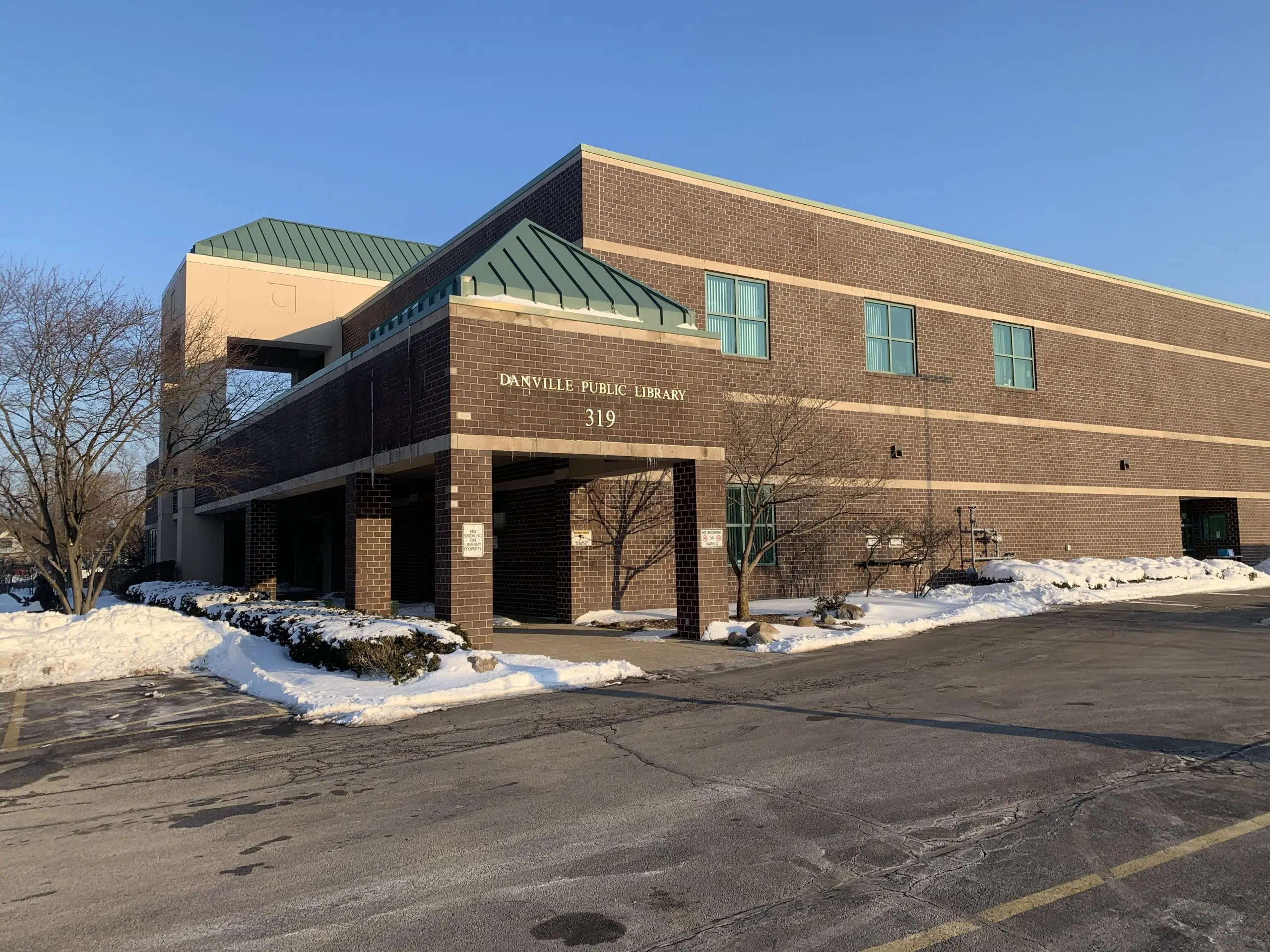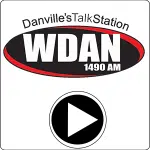The University of Illinois Flash Index dipped to a five-year low in October, dropping to 103.9. The fall from 104.2 the previous month dropped the measure of economic activity in Illinois to its lowest point since an identical reading in November 2012. View the complete Flash Index archive.
The lower index reading does not mean the Illinois economy is contracting because any reading above 100 indicates growth. However, the decline indicates continued sluggishness in the state, said economist J. Fred Giertz, who compiles the monthly index for the university’s Institute of Government and Public Affairs.
“The Illinois economy continues to slow, especially compared to the national economy,” said Giertz, a professor emeritus at the university’s Urbana-Champaign campus. “The U. S. economy has recorded two successive quarters of the elusive three percent growth rate of GDP.”
The Illinois unemployment rate remained at 5 percent while the national rate fell from 4.4 to 4.2 percent. The Illinois rate has ticked upward from the 4.6 percent low in April, and the overall level of employment in the state has declined by more than 1 percent since March of this year.
Individual income tax receipts in the state were up for the month of October, while sales tax revenues were down slightly from the same month last year after adjusting for inflation. Corporate tax collections not strictly comparable because of changes the monthly pattern of receipts.
The Flash Index is a weighted average of Illinois growth rates in corporate earnings, consumer spending and personal income. Tax receipts from corporate income, personal income and retail sales are adjusted for inflation before growth rates are calculated. The growth rate for each component is then calculated for the 12-month period using data through October 31, 2017.












